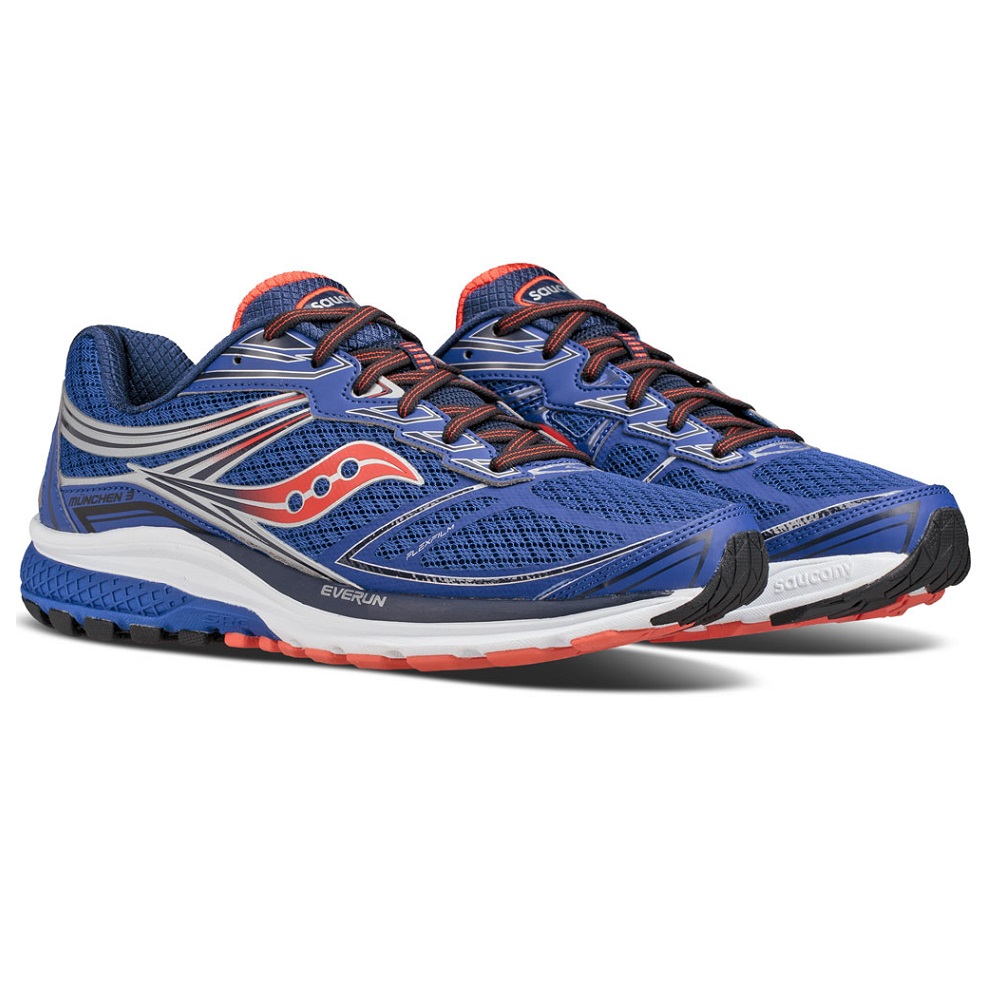What is my Foot Type?
What is my Foot Type?
Determine your foot type so you can find a shoe with fit characteristics that meet your feet and biomechanical needs.
A simple way of finding out your foot type is to take the Wet Foot Test to determine what shoe shape you should look for.
The Wet Foot Test
This is quite a simple test that can be done at home. All you have to do is wet your feet and stand on a surface that will leave a visible footprint. Your footprint should fall into one of three categories.
Flat Feet | Normal Feet | High Arched Feet |

Flat Feet
This type of print looks like the whole sole of the foot is in contact with the ground. The low arch in this foot type is usually associated with overpronation and this is when the foot strikes on the outside of the heel and rolls inwards too far. If this is allowed to continue it can cause many different types of injury.
Best Last
Straight or semicurved
Best Shoes
Motion-control shoes with firm midsoles and control features that reduce the degree of pronation.
Stay away from highly cushioned, curved-lasted shoes that lack stability and control.

Normal Feet
This footprint is the most common and suggests that you do not have any special requirements. Your feet will have an average sized arch and show the forefoot and heel connected by an even broad band.
The motion of a normal foot lands on the outside of the heel and rolls inwards a small amount to absorb the shock. This would suggest that you are biomechanically efficient and can use any shoe you want to. As motion control shoes tend to be more expensive and heavier you might want to discount these shoes from your list.
Best Last
Semicurved
Best Shoes
Shoes with moderate control features such as a two-density midsole.

High Arched Feet
This is the least common of the three types of feet. The print shows that the band connecting the forefoot and the heel to be very thin or even non-existant. If you have feet like this then it tends to indicate that you underpronate (supinate) and are not very effective as a shock absorber. It is recommended that you only go for cushioned, neutral shoes without any motion or stability properties.
Best Last
Curved
Best Shoes
Cushioned shoes with plenty of flexibility to encourage foot motion.
Stay away from motion-control or stability shoes that reduce foot mobility.
< Back to the ShoeFinder







